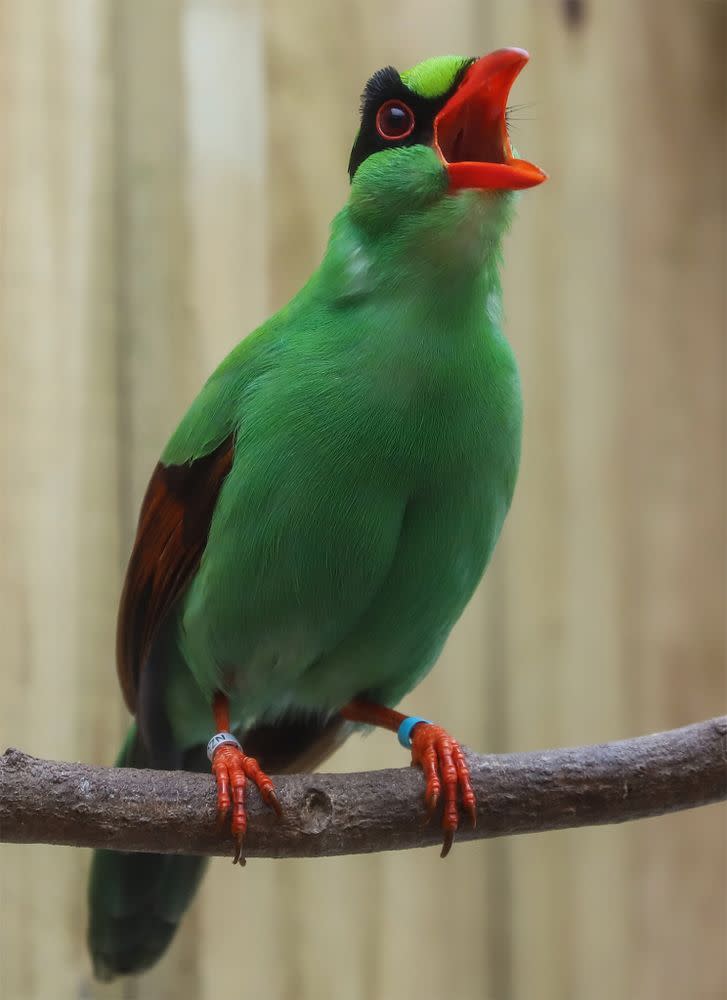You Can't Have it All! Male Birds Are Either Good Singers or Very Attractive New Study Reveals

Looks like male birds can’t have their cake and eat it too!
A new study conducted by an English scientist, which analyzed over 500 species of the flying creatures, revealed that male birds can’t be pleasant to both the eye and ear.
Instead, those who have elaborate-colored feathers are more likely to have basic singing skills, while males who resemble their female counterparts with less-intricate plumage had bigger and better musical talents, as reported by New Scientist.
With the help of his colleagues at the University of Oxford, biologist Christopher Cooney began the investigation by comparing the songs and feather colors of 518 bird species.
Within each species, he also studied the differences between the males and females to figure out how the process of mating — which males typically do by showing off their beautiful feathers or intricate singing ability — has affected the creatures and their plumage.

During the study, Cooney and his team developed several theories of their own as to why the male birds seem to focus solely on either appearance or musicality.
Their first idea suggested that if birds lived in certain environments, such as dense forests, and they were unable to clearly see each other, they would rely on their songs when it came to mating. However, the study did not show a relationship between habitat and the birds’ traits.
RELATED VIDEO: This Bird Sings Just Like Rihanna, Could Be Her Backup Singer
Another theory centered around the idea that because the process of mating is so elaborate, birds have developed only one trait over time.
The last argued that once a bird’s best trait has been revealed, they see no reason to develop another.
Despite their research and plausible theories, Cooney and his colleagues still don’t know why the birds now favor one trait over the other.

